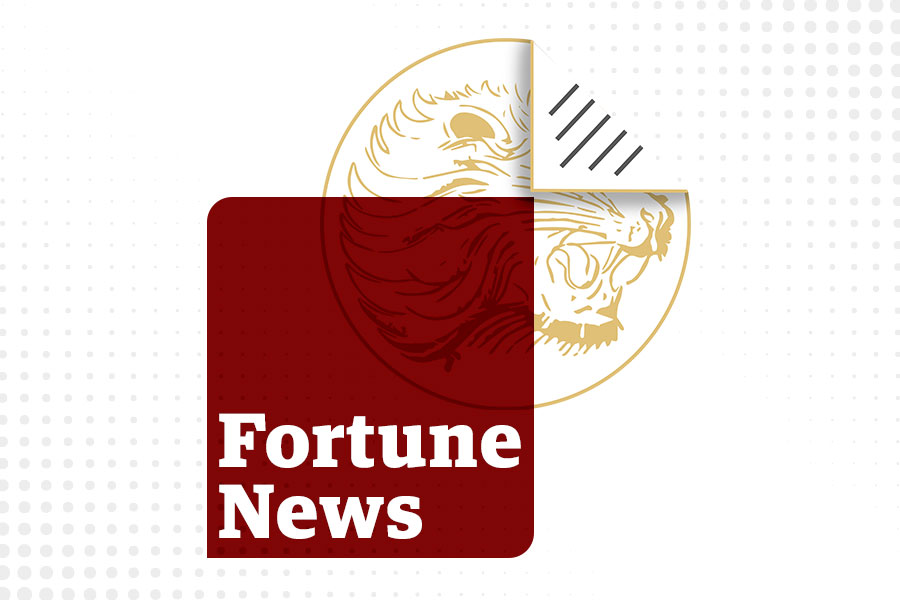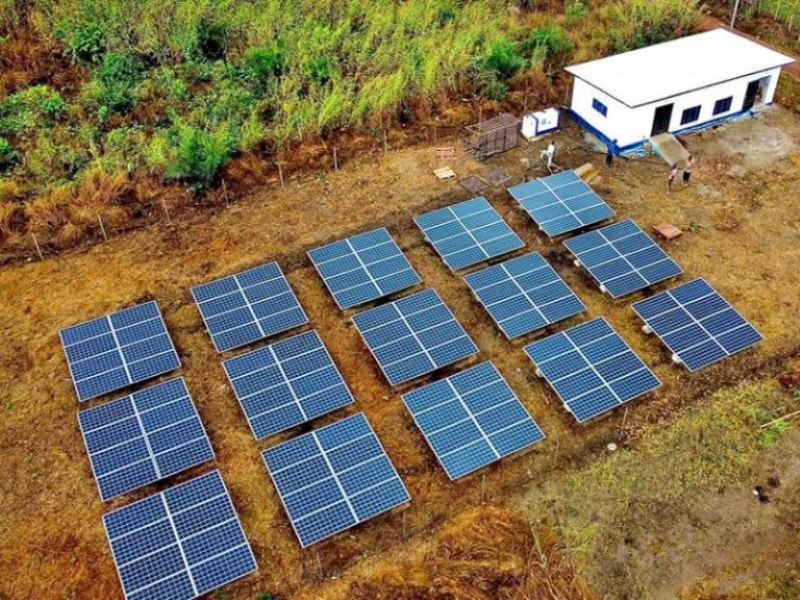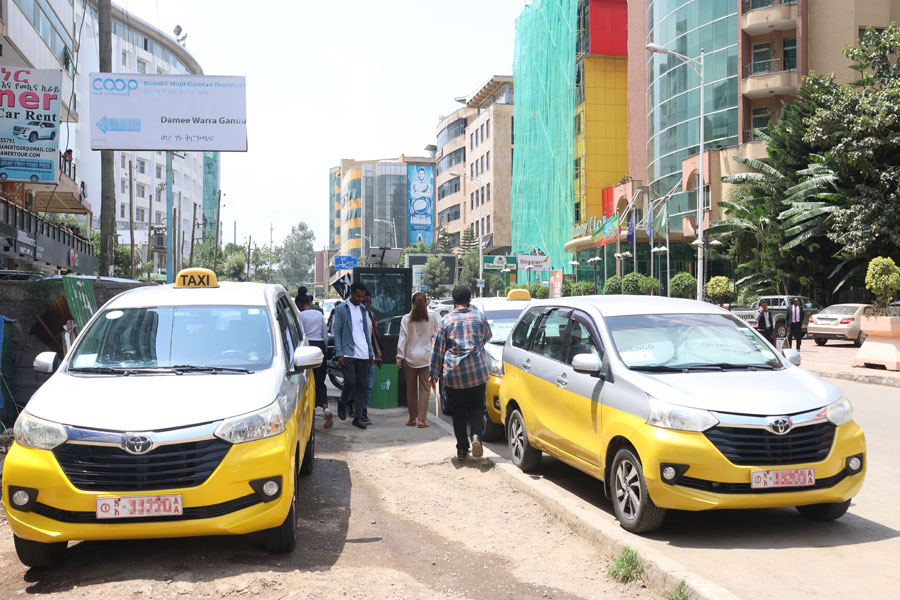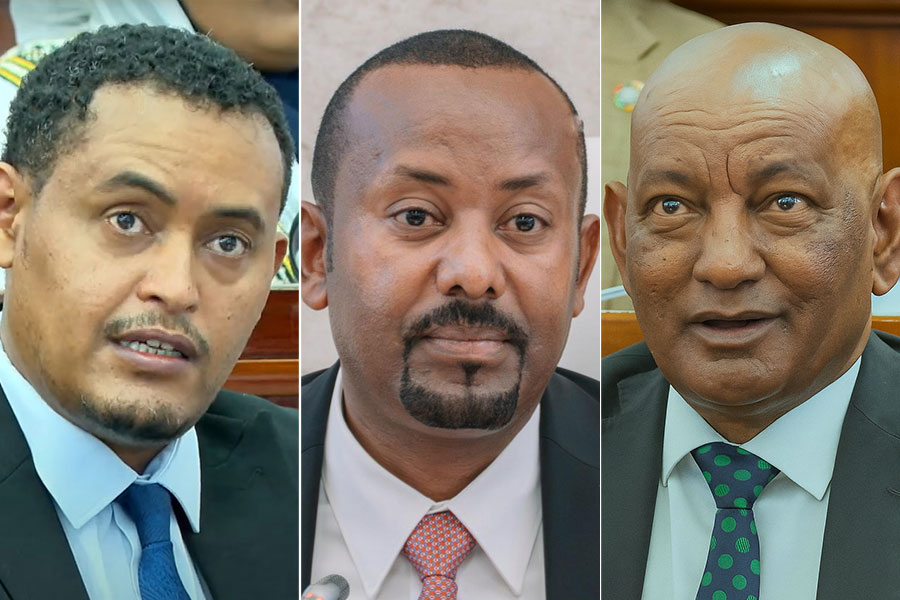
Agenda | Sep 01,2024
Apr 22 , 2023
By Zhang Jun, dean
After the Chinese GDP grew by only three percent last year, one would have expected the government to set a growth target of at least six percent for this year. Virtually no market forecast projects a lower rate. Yet, at last month’s National People’s Congress, outgoing Premier Li Keqiang revealed in his final Government Work Report that the government was aiming for growth of about five percent, the lowest target of his tenure.
Under former Premier Wen Jiabao, from 2003 to 2013, China maintained an official growth target of eight percent. But, in his final Government Work Report, Wen lowered the target for the first time by 0.5 percentage points. The reason was obvious: Wen wanted to help cool the then-overheated economy. Surprisingly, Wen’s successor, Li, effectively treated 7.5pc as a ceiling for growth during his 10-year term.
Since 2014, Premier Li has consistently revised China’s growth target a half-point downward from the previous year’s target, whether through a categorical adjustment or introducing a lower range. With GDP growth repeatedly falling short of the official target, one cannot help but assume that this was a response to the economy’s actual performance.
If existing targets are not being met, why would the government raise them?
Over the past three decades, growth targets have, to some extent, become a self-fulfilling prophecy. From 1993 to 2013, the central government’s growth target was practically interpreted as an indication of what the central government hoped for. That was why the actual growth rate was much higher than the government targets. Yes, structural forces were working in China’s favour during this period. Local governments faced political incentives to implement their growth strategies – including fixed-asset investment and industrial planning – to meet the central government’s priorities and expectations.
Just as rising growth targets encourage local governments to pursue growth more aggressively, falling growth targets can discourage such efforts, leading to lower growth rates that, in turn, spur the government to reduce targets further, causing a downward spiral. All of this makes it difficult to estimate China’s potential growth rate, which is supposed to be what anchors economic policy.
Why did that happen?
China’s slowing GDP growth over the past decade reflects not a flawed policy but a new policy approach. From 1993 to about 2013, GDP growth was the central government’s primary objective and guided policymakers’ approach to macroeconomic management. This objective – which local governments were tasked with realizing – led to the acceleration of public capital formation, improvements in the investment environment, the crowding in of private capital, and the creation of more productive capacity.
This approach, however, also has its limits, resulting from rapidly increasing marginal costs. While productive investment fuels growth and development, excessive investment leads to diminishing returns and rising debts. The growth-first approach also caused considerable environmental damage, including pollution of China’s air and waters.
The immediate social costs associated with this approach finally pushed China’s government to opt for a new strategy centred on creating jobs and ensuring macroeconomic stability. On the employment front, China has already achieved considerable success: over the last decade, urban job creation has stood at around 12 million (or more) annually, far exceeding the target – more binding than the GDP target – of 11 million.
China owes these gains largely to rapid progress in high-tech sectors like the platform economy and electric vehicles. New digital technologies have supported rapid growth in the service sector and bolstered resilience in the labour market more broadly.
If the economy can produce enough jobs, ever-accelerating GDP growth is unnecessary. Even as GDP growth plummeted to about half the annual average (10.2pc) in 2002-12, China has not experienced significant social unrest. Nor has there been a financial crisis or a sharp economic contraction that reverses past progress on living standards, despite the pandemic-induced slump.
China will continue to reap the benefits of its shift from growth-centric policymaking to a focus on jobs. This approach is more conducive to implementing structural reforms needed to limit excess investment and reduce debts. It should also spur the adoption of new technologies, generating a virtuous cycle of job creation and productivity growth. Progress in these areas and the convergence of productivity-growth rates across regions are crucial for the Chinese economy’s medium- to long-term development.
An unfavourable external environment further strengthens the case for China to look beyond growth. The entire global economy is grappling with declining productivity growth and falling demand – trends that will not be reversed any time soon.
We are witnessing the collapse of the institutional framework that has underpinned capital-account liberalization worldwide over the last 30 years, as geopolitical tensions lead to an unprecedented surge in cross-border restrictions. More broadly, geopolitics-driven economic policies – not least restrictions imposed on trade with China by the United States – generate considerable uncertainty in global supply chains and financial markets.
The era of high growth and low inflation is over in advanced economies. It is being succeeded by the “secular stagnation” of which former US Treasury Secretary Lawrence H. Summers has long warned. In this context, emerging-market economies like China are right to abandon the illusion that high growth can be maintained indefinitely. The more likely scenario is a long period – lasting perhaps a decade – of slower growth. China is far better off focusing on employment and working to avoid a systemic financial or debt crisis than attempting to resist the inevitable.
PUBLISHED ON
Apr 22,2023 [ VOL
24 , NO
1199]


Agenda | Sep 01,2024

Fortune News | May 24,2025

Films Review | Nov 21,2018

Fortune News | Aug 15,2022

Radar | Jun 22,2024

My Opinion | Feb 11,2023

Agenda | Jun 08,2024

Advertorials | May 29,2023

Featured | Sep 09,2024

Radar | Oct 22,2022

My Opinion | 131766 Views | Aug 14,2021

My Opinion | 128149 Views | Aug 21,2021

My Opinion | 126095 Views | Sep 10,2021

My Opinion | 123717 Views | Aug 07,2021

Dec 22 , 2024 . By TIZITA SHEWAFERAW
Charged with transforming colossal state-owned enterprises into modern and competitiv...

Aug 18 , 2024 . By AKSAH ITALO
Although predictable Yonas Zerihun's job in the ride-hailing service is not immune to...

Jul 28 , 2024 . By TIZITA SHEWAFERAW
Unhabitual, perhaps too many, Samuel Gebreyohannes, 38, used to occasionally enjoy a couple of beers at breakfast. However, he recently swit...

Jul 13 , 2024 . By AKSAH ITALO
Investors who rely on tractors, trucks, and field vehicles for commuting, transporting commodities, and f...

Jul 5 , 2025
Six years ago, Ethiopia was the darling of international liberal commentators. A year...

Jun 28 , 2025
Meseret Damtie, the assertive auditor general, has never been shy about naming names...

Jun 21 , 2025
A well-worn adage says, “Budget is not destiny, but it is direction.” Examining t...

Jun 14 , 2025
Yet again, the Horn of Africa is bracing for trouble. A region already frayed by wars...

Jul 6 , 2025 . By BEZAWIT HULUAGER
The federal legislature gave Prime Minister Abiy Ahmed (PhD) what he wanted: a 1.9 tr...

Jul 6 , 2025 . By YITBAREK GETACHEW
In a city rising skyward at breakneck speed, a reckoning has arrived. Authorities in...

Jul 6 , 2025 . By NAHOM AYELE
A landmark directive from the Ministry of Finance signals a paradigm shift in the cou...

Jul 6 , 2025 . By NAHOM AYELE
Awash Bank has announced plans to establish a dedicated investment banking subsidiary...